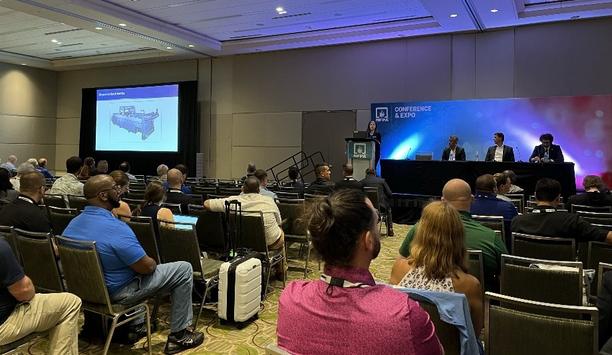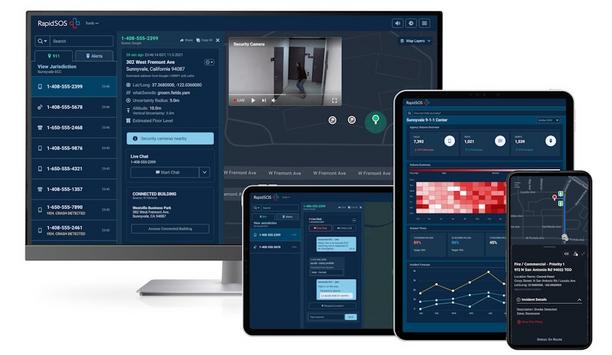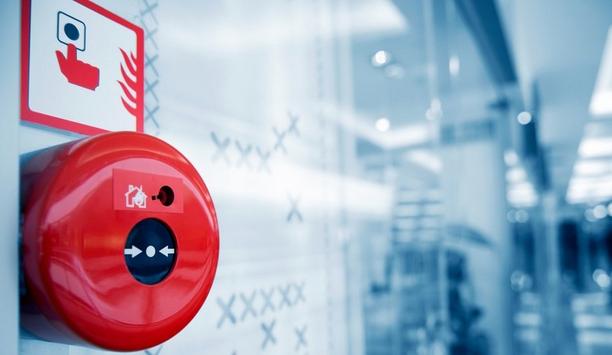The fire service worldwide collects a lot of data, and a university in Seoul, South Korea, is researching how to crunch the numbers using artificial intelligence (AI) to predict the probability of fires more accurately and to direct fire departments’ assets where they will do the most good.
Students and faculty at Hongik University are developing AI and machine learning (ML) algorithms into a model that can predict the probability of fires and enable authorities to take action to make the city safer. The project has used the Microsoft Azure Machine Learning Studio, a Web portal for data scientist developers. The researchers ran various ML modules until they were able to predict fires with 90% accuracy.
optimize patrol routes
Analyzing data held by Seoul’s fire department, the researchers extracted information to identify which parts of the city have a high probability of fire. Data included information about causes of fires, their locations, and casualty numbers. To address privacy concerns about the data, researchers built a Microsoft virtual machine (VM), which keeps data secure and restricted to only a few individuals.
The emphasis on privacy built a higher level of trust with the Fire Department providing data to the project. The information has enabled firefighters to optimize their patrol routes and deployments. In addition, the analysis looked at the locations of fire stations and spotted gaps of areas that were not adequately covered.
deploy more fire crews
The project is an example of how Seoul seeks to use the latest technologies, such as AI, to make the city safer
Seoul’s development density makes it difficult to build a new fire station, but the information allowed authorities to deploy more fire crews to underserved areas from other stations located at the fringes. Having more fire crews on duty in neighborhoods more in danger of fire enables fire crews to respond to calls faster and therefore ensures the safety of people and minimizes property damage.
One might suspect that older areas of the city are more prone to fire risks, but the ML model revealed that newer districts, such as Gangnam, are more susceptible to fire because there are more shops, more people in the neighborhood, and more illegal parking. The project is an example of how Seoul seeks to use the latest technologies, such as AI, to make the city safer while using resources more efficiently.
data-intensive services
The predictive model can also be applied to other city problems, such as crime, traffic and even wheelchair accessibility. Accessing data-intensive services in the cloud expands the scale of research processes and enables access to additional data sets to expand the scope of AI and ML projects.
In addition to knowledge of statistics and code, students need to understand urban planning and how the city works, which will help them define specific problems and find solutions. Collecting statistics and information about previous fire incidents is a common component in the broader effort to fight fires all over the world. The use of AI and ML in Korea suggests new ways fire data can be leveraged to make firefighting more efficient and highlights an opportunity to apply the approach more broadly.







































